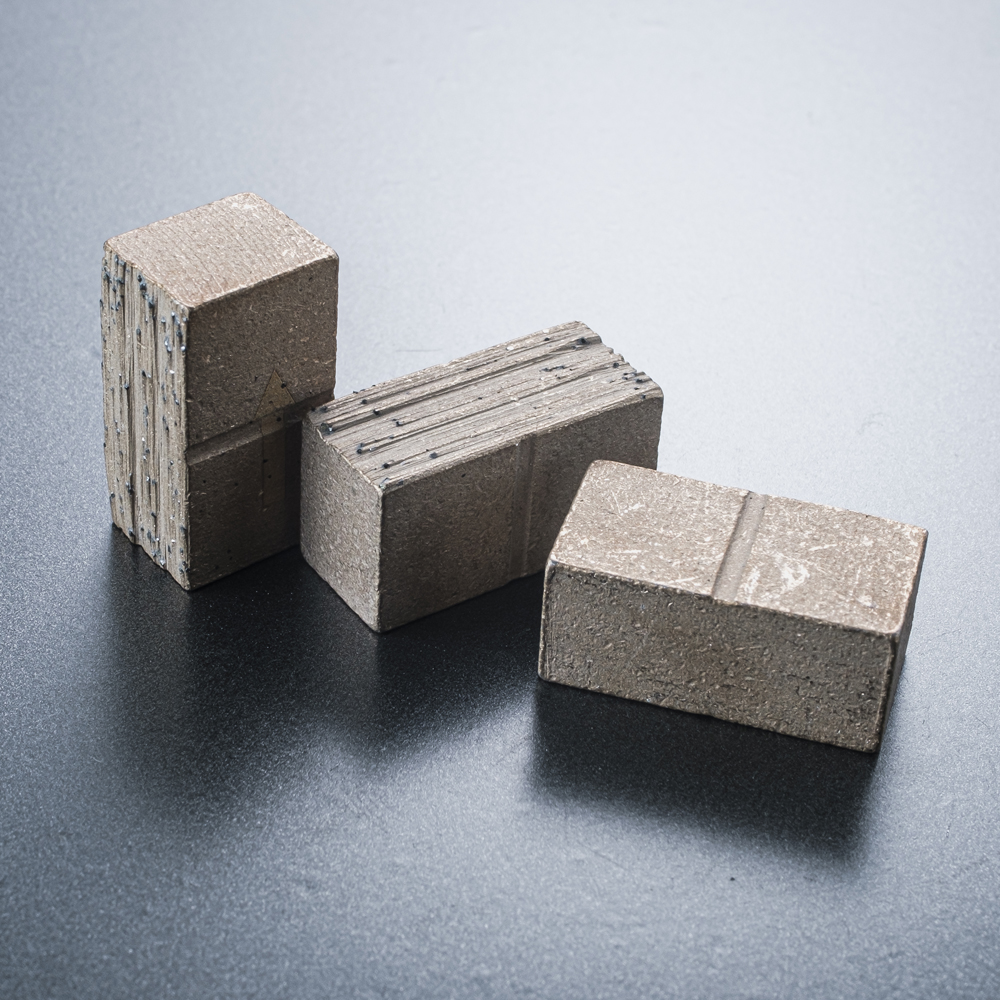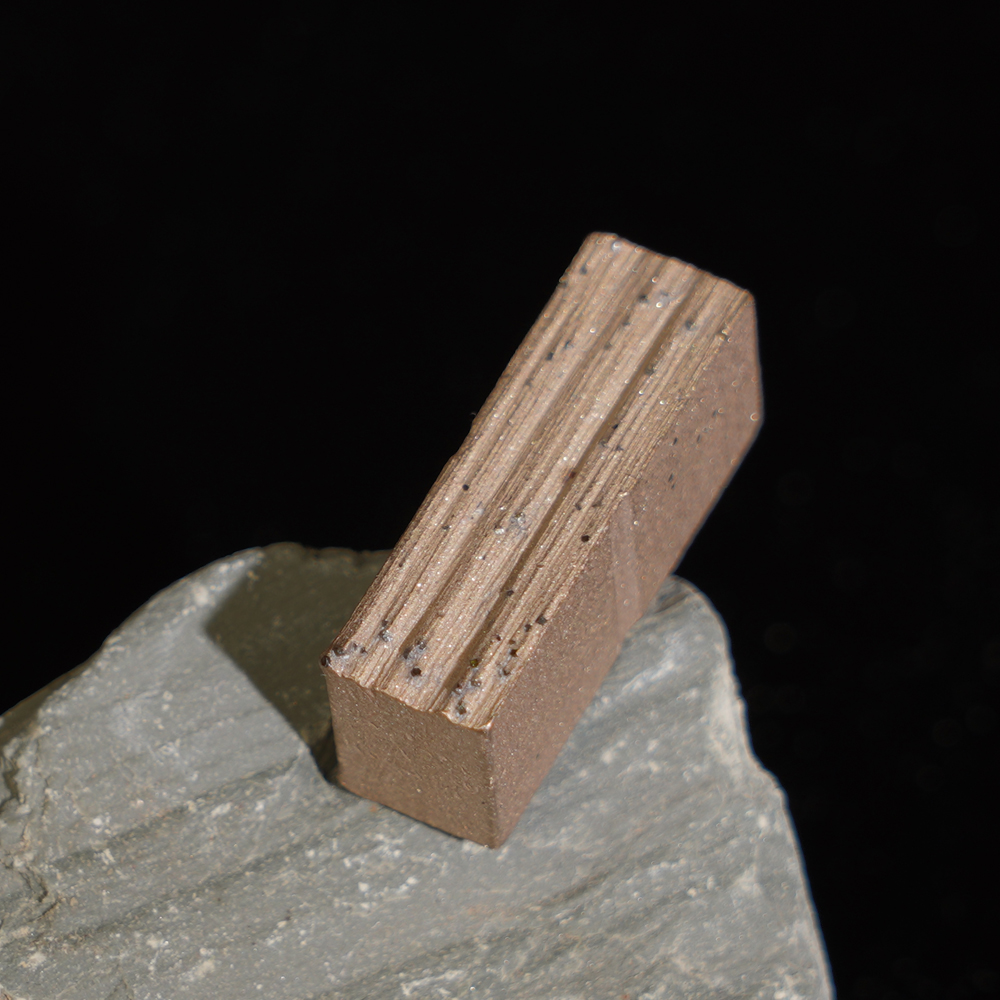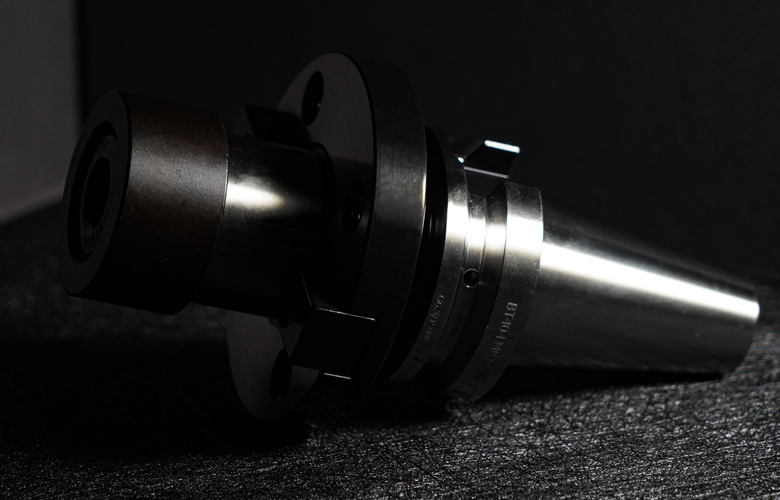The density of a diamond segment refers to its weight per unit volume, usually expressed in grams per cubic centimeter (g/cm³). The density of diamond is 3.5~3.53 g/cm³. Many people think that the density of the segment is the density of diamond. In fact, it is not true. The density of the diamond segment is also affected by other factors, such as the ratio of diamond and metal matrix in the segment, the density of the metal bond, the diversity of the composition of the metal raw materials, etc.
The density of a diamond segment can be calculated by the following formula:
Density = weight / volume
Among them, the weight can be obtained by weighing, and the volume needs to be calculated by measuring the size of the segment. Common measurement methods include water level method, CAD drawing method and calculation method. In the water level method, it is first necessary to prepare a large container and fill it with a certain amount of water, then put the segment into the water gently, measure the height change of the water surface, and calculate the volume of the segment according to the physical principle.
In the water level method, it is first necessary to prepare a large container and fill it with a certain amount of water, then put the segment into the water gently, measure the height change of the water surface, and calculate the volume of the segment according to the physical principle.
The drawing method needs to draw a pattern in the computer according to the size and radian of the actual segment. This method needs to use a vernier caliper to measure the size in detail. Finally, the volume is obtained through the calculation data that comes with the software.
In the calculation method, the volume calculation formula can be calculated according to the length, width and height of the segment, and finally the volume data can be obtained. However, due to the changeable shape of the segment, most of this method can only measure the approximate volume and cannot be accurate to get the volume value of the segment.
The density of copper-based diamond segments is usually between 5.5 and 6.5 g/cm³. Generally speaking, the higher the density of the diamond segment, the better the wear resistance and durability. However, density is not the only indicator, and other factors, such as hardness, toughness, and thermal stability of the material, need to be considered comprehensively. Different segment uses and working conditions may also have different requirements for density.
The density of the iron-based diamond segment is usually between 6.9-7.3g/cm³, which is slightly higher than that of the copper-based diamond segment. Generally speaking, the higher the density of the diamond segment, the higher its hardness and wear resistance, but it also means that the manufacturing difficulty and cost will increase accordingly. Therefore, in specific applications, it is necessary to comprehensively consider according to the actual situation and select a suitable density range.
The difference in density between the copper-based diamond segment and the iron-based diamond segment mainly determines their physical properties and application range. Because copper-based diamond segments are less dense, they are generally lighter and easier to machine and use than iron-based diamond segments. In addition, the copper-based diamond segment has better thermal and electrical conductivity, so it performs better in applications that require high-temperature processing or anti-static applications. The iron-based diamond segment generally has better strength and hardness due to its higher density, and is suitable for applications that require higher cutting forces and more severe working conditions. In general, the density of the diamond segment is an important indicator, but it cannot judge the quality of the segment alone. The quality of diamond segment is affected by many factors, such as the size of diamond particles, particle distribution, diamond content, diamond bond strength and so on. Therefore, when evaluating the quality of diamond segments, various factors need to be considered comprehensively. However, a diamond segment with a higher density usually has better wear resistance and strength, it may also lead to problems such as increased processing difficulty and increased cost. If the density stability of the segment is high, it can be judged that the cutting quality of this batch of segments is relatively stable to a certain extent.
In general, the density of the diamond segment is an important indicator, but it cannot judge the quality of the segment alone. The quality of diamond segment is affected by many factors, such as the size of diamond particles, particle distribution, diamond content, diamond bond strength and so on. Therefore, when evaluating the quality of diamond segments, various factors need to be considered comprehensively. However, a diamond segment with a higher density usually has better wear resistance and strength, it may also lead to problems such as increased processing difficulty and increased cost. If the density stability of the segment is high, it can be judged that the cutting quality of this batch of segments is relatively stable to a certain extent.

Density of copper-based and iron-based diamond segments
Publish date:2023-04-21 16:24:15 Article From:Linsing diamond tools Clicks:






